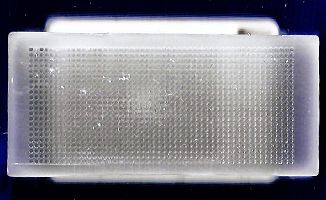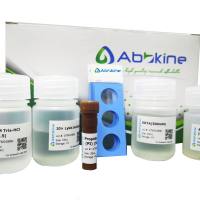Extraction and Enzymatic Amplification of DNA from Paraffin-Embedded Specimens
互联网
750
Histopathology archive material constitutes an enormous resource of diseased tissues. It is composed of specimens that have usually been fixed with formalin to stop further tissue changes after removal from the body and subsequently embedded in a supporting material, such as paraffin, allowing sections to be cut for examination by microscopy. It has now been shown that DNA extracted from formalin-fixed, paraffin-embedded specimens, although degraded to some extent, may be used for molecular analysis (1 –3 ). Factors determining the size range of the DNA include the length of time between removal of tissue from the patient and immersion in fixative, the nuclease content of the tissue, and the pH of the formalin. The lower the pH the more fragmented the DNA, probably owing to depurination. Unfortunately, many histopathology departments routinely use a 10% (v/v) solution of formaldehyde in water without any buffering agent. Hence, over a period of time, the formaldehyde oxidizes to formic acid and the pH drops, so that the older the formaldehyde solution the lower the pH. The length of time the specimen has spent in formalin before processing will also influence the state of the DNA. Fortunately, most small biopsy specimens will have spent an overnight period or even less in fixative.





![Hep Par 1 Antibody / Hepatocyte Paraffin 1 [clone OCH1E5] (V2341)](https://img1.dxycdn.com/p/s14/2025/0214/113/8001790498709820981.jpg!wh200)



